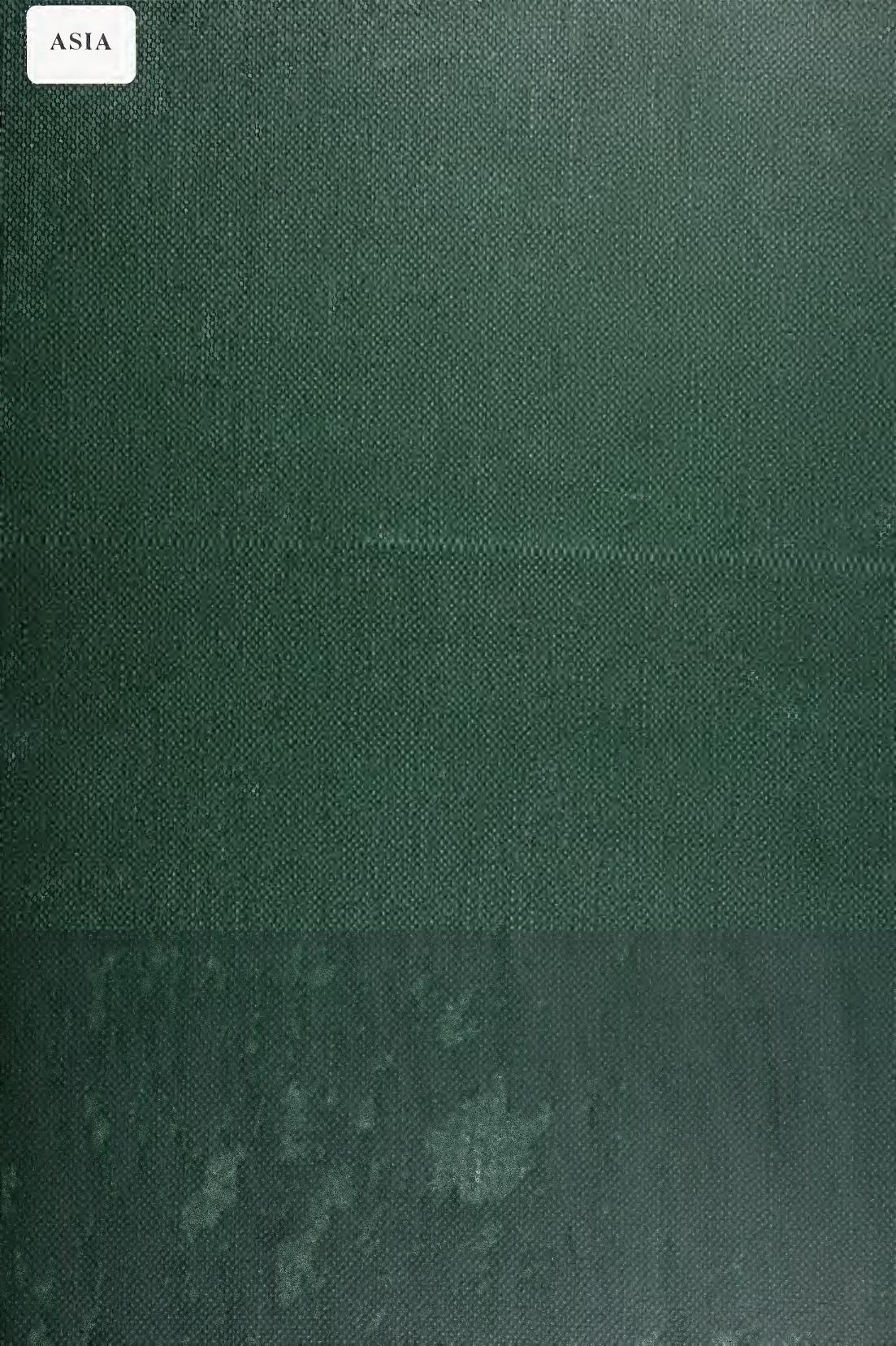Notes on shippo: a sequel to Japanese enamels by Bowes James Lord 1834-1899

Author:Bowes, James Lord, 1834-1899
Language: eng
Format: epub, pdf
Tags: Cloisonné, Glass manufacture
Publisher: Liverpool, Printed for private circulation
Published: 1895-03-25T05:00:00+00:00
an embarrassing amount of information, if the conflicting and uncertain remarks made about this bead may be so termed. The name signifies " dragon-fly bead," and we gather from the description that the material resembles the nest of that insect ; the colours of it are said to be light and dark greens, white and yellow, and the patterns with which it is ornamented are something like shishi no fu (spots of lions), or
chiri zakiira (cherry blossoms blown away by wind). In other respects it is very similar to the suji daina and gangi daina. We may quote another description of this bead from the
TOMEO DAMA TOMBO DAMA . .
(Shishi no fu). ichiri zakura). work knowu as Sangiotai : "The
toiiibo daina is of green or white, decorated with floral designs in red ; it appears to be made of pottery, and is of great beauty. When it was imported from China in ancient times it came into great favour through-
o o
out the country, but the Osaka workmen imitated it so cleverly, and such large numbers were imported, that it became common and decreased to one-hundredth part of its original price ; whereas the original imported beads maintained their value." Each of the beads named in the list extracted from the Kogei Shirio is treated more or less fully and discursively in native books, but little information of value is to be gathered from these reports; we may, however, mention the following kinds. The sarasa daina or chintz bead is specially named as having been imported ; the itokuzu dania or thread-waste bead is described as blue or green, with white threads, about ten in number, wound round, in relief.
One more extract may be given from the Soken Kisho, as it illustrates the tantalizing indefiniteness of the information to be gathered from Japanese works of reference : " The hari is a white bead with lines upon it ; the body, between the hnes, is transparent and of a brilliant colour. Whether this may be what is _ commonly called shichi ho {shippo) no hari, or whether it takes its name of hari from its resemblance to
crystal {hart), is very uncertain. But ice is said to be converted into hari during the course of a thousand years."
Passing from this highly unsatisfactory information about the various kinds of beads, we may infer from the attention given to the subject in native works of the last century that the industry of glass making made considerable progress after its revival during the year-periods of Genki, Genwa, and Kwanyei (i 570-1643), and in this light it is interesting in connection with shippo, of which it is an indispensable part.
In another direction these beads are interesting, for although some of them are said to have been imported from China in the first instance, importations of Oranda fukimono are also mentioned, and perhaps we may be right in supposing that Japan was indebted to Europe for models of some of the glass beads made subsequent to the revival of the industry in 1570 a.
Download
Notes on shippo: a sequel to Japanese enamels by Bowes James Lord 1834-1899.pdf
This site does not store any files on its server. We only index and link to content provided by other sites. Please contact the content providers to delete copyright contents if any and email us, we'll remove relevant links or contents immediately.
Aircraft Design of WWII: A Sketchbook by Lockheed Aircraft Corporation(32143)
The Great Music City by Andrea Baker(30930)
Call Me by Your Name by André Aciman(19961)
The Art of Boudoir Photography: How to Create Stunning Photographs of Women by Christa Meola(18422)
The Secret History by Donna Tartt(18266)
Shoot Sexy by Ryan Armbrust(17568)
Plagued by Fire by Paul Hendrickson(17125)
Portrait Mastery in Black & White: Learn the Signature Style of a Legendary Photographer by Tim Kelly(16880)
Adobe Camera Raw For Digital Photographers Only by Rob Sheppard(16808)
Photographically Speaking: A Deeper Look at Creating Stronger Images (Eva Spring's Library) by David duChemin(16512)
Ready Player One by Cline Ernest(14061)
Pimp by Iceberg Slim(13828)
Bombshells: Glamour Girls of a Lifetime by Sullivan Steve(13718)
The Goal (Off-Campus #4) by Elle Kennedy(13222)
Art Nude Photography Explained: How to Photograph and Understand Great Art Nude Images by Simon Walden(12860)
Kathy Andrews Collection by Kathy Andrews(11361)
The Priory of the Orange Tree by Samantha Shannon(8655)
Thirteen Reasons Why by Jay Asher(8490)
The remains of the day by Kazuo Ishiguro(8432)
